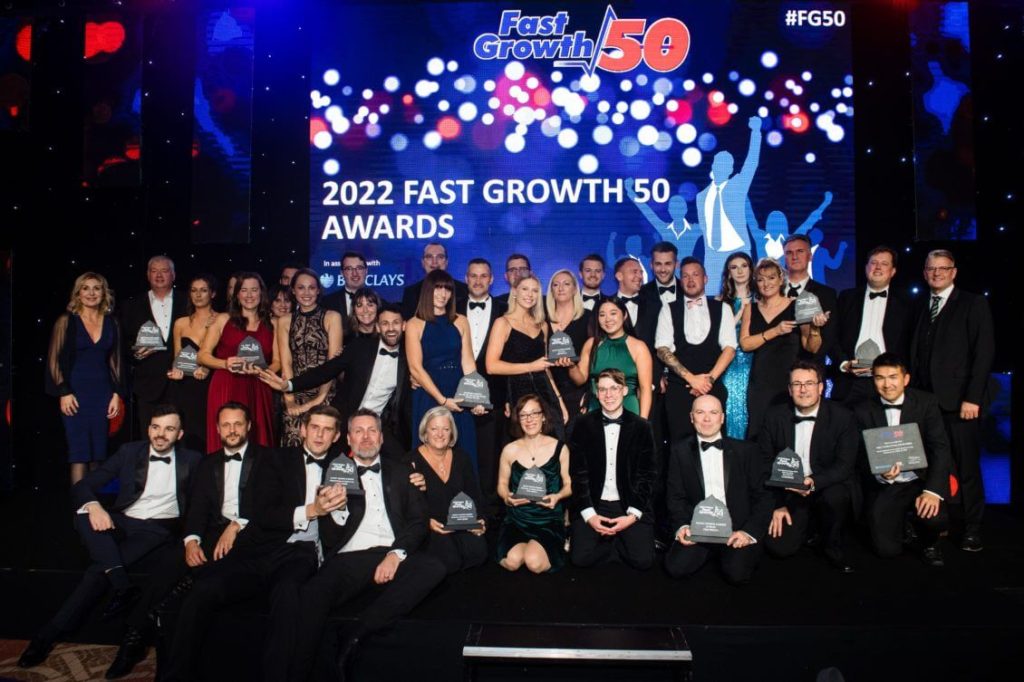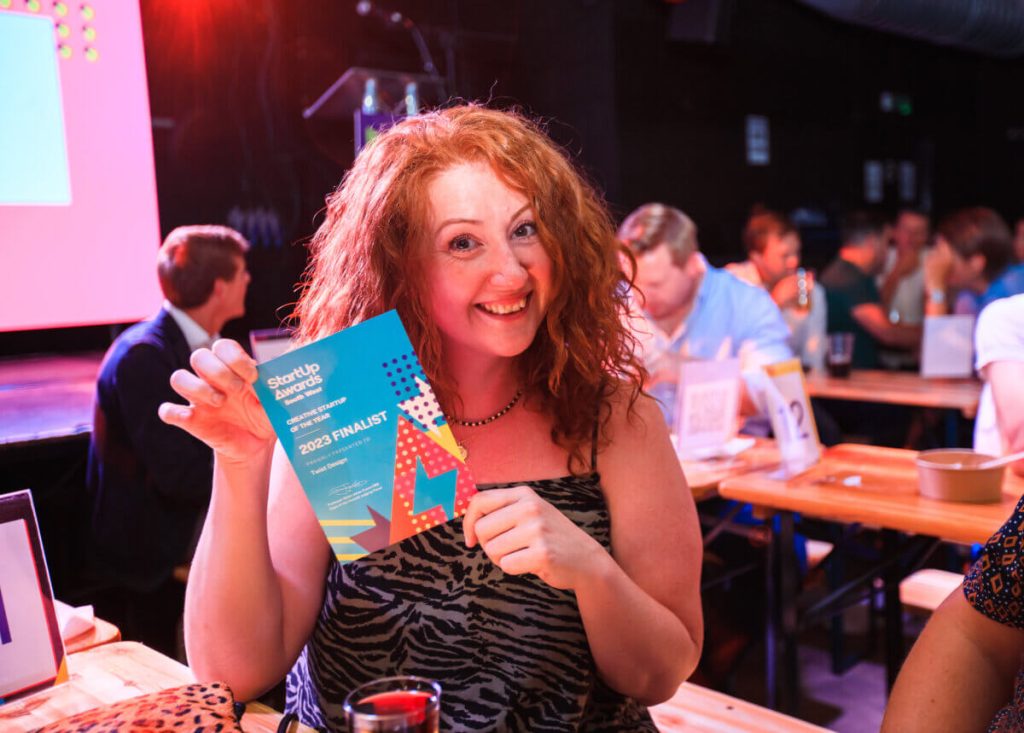by Richard Barrett, Barrett Values Centre
There are four components to decision-making: data gathering, information processing, meaning-making, and decision-making, or deciding on a course of action. We use our five senses to gather data from the outside world — data gathering. We use our brain to integrate the data from the five senses into information packages — information processing. The mind then compares the incoming information package with the information packages stored in memory to find a match — meaning-making. When it finds a match, it releases the instructions attached to the memory along with any emotional charge associated with the memory, and these instructions result in actions and behaviours — decision-making. If the mind does not find a match, it uses reason and logic to formulate a response to the situation that is in alignment with its motivations. The response will be determined by many factors, the most important of which will be the level of consciousness the mind is operating from — what is important to the individual at that moment in time.
The instructions that are attached to memory are learned from previous experiences. The most deeply engrained instructions are those that we learned during childhood when our brain and mind were still growing and learning to cope with the world. The purpose of the instructions associated with a memory is to maintain or enhance internal stability and external equilibrium: the instructions tell us how to survive, how to feel safe and secure, and how to safeguard our self-respect.
The Five Modes of Decision-Making
There are five modes of decision-making. The difference between each mode of decision-making is the amount of emphasis that is given to each of the four components of decision-making. The five modes of decision-making are based on instincts, subconscious beliefs, conscious beliefs, values, and intuition.
Instinct-Based Decision-Making
Instinct-based decision-making is cellular based (DNA) and principally associated with issues of survival. For example, babies instinctively know how to suckle, how to cry when their needs are not being met, and how to smile so they get attention. No one taught them how to do this. It is encoded in the species DNA.
In adult life, instinct-based decision-making kicks in to help us survive and avoid dangerous situations. In certain situations, our instincts may cause us to put our life at risk in order to the save the life of another.
The main features of instinct-based decision-making are:
a) actions always precede thought — there is no pause between meaning-making and decision-making for reflection,
b) the decisions that are made are always based on past experiences — what our species history has taught us about how to survive and keep safe (maintain internal stability and external equilibrium). These instructions are encoded in the cellular memory of our DNA, and
c) we are not in control of our actions and behaviours. They are in control of us.
Subconscious Belief-Based Decision-Making
In subconscious belief-based decision-making, we also react to what is happening in our world without reflection but on the basis of personal memories rather than cellular (DNA) memories. In this mode of decision-making action precedes thought. The action is often accompanied by the release of an emotional charge.
The emotional charge that accompanies the actions and behaviours in subconscious belief based decision-making can be positive or negative. Negatively charged emotions lead to the display of potentially limiting behaviours — blame, internal competition, rivalry, caution, etc. Positively charged emotions lead to the display of life-enhancing behaviours — openness, trust, cooperation, honesty, etc. We know we are operating in this mode when we get angry, upset, shout at people, or generally behave badly towards others or in a self-serving manner. What is driving this behaviour is our subconscious fear-based beliefs around not having enough, not feeling safe or loved, not being enough, or not being respected — the fear-based beliefs associated with the first three levels of consciousness. These types of behaviour are always accompanied by a pent up negative emotional charge.
We also display sub-conscious belief-based decision-making when we display positive emotions such as tears of joy and feelings of pride and spontaneous happiness. In such cases, we are connecting with and releasing instructions associated with positively charged personal memories. Again, actions precede thought. Sub-conscious belief-based decision-making is similar to instinct-based decision-making. The only difference is that the memories and instructions that we are connecting with are contained in our personal memory, not in our cellular (species).
The main features of subconscious belief-based decision-making are:
a) actions always precede thought — there is no gap between meaning-making and decision-making for reflection;
b) the decisions that are made are always based on past experiences — what our personal history has taught us about how to maintain or enhance internal stability and external equilibrium at an individual level. This history is stored in our personal memory;
c) we are not in control of our actions and behaviours. In this mode of decision-making the only way we can get back into conscious control is either to release or bottle-up our emotions. Releasing helps us to return to rationality. Bottling-up creates stress and frustration: we are storing up negative emotional energy for future release; d) it is very personal. Others cannot be consulted to enhance meaning-making and give support in reaching a decision; and,
e) we are always operating from the shadow side of the first three levels of consciousness — the behaviours we are displaying are based on deeply held beliefs about not being able to survive with what we have (not having enough), not feeling safe (not belonging), and/or not being respected (not being enough).
In The Five Modes Of Decision Making – Part 2, Richard examines the final three modes of Decision Making—
• Conscious Belief-Based Decision-Making
• Values-Based Decision-Making
• Intuition-Based Decision-Making
Richard Barrett is the Founder and Chairman of the Barrett Values Centre. He is an internationally recognized author, consultant and keynote speaker on values-based leadership. Barrett works with CEOs and senior executives in North and South America, Europe, Australia, and Asia to develop vision-guided, values-driven organizational cultures that strengthen financial performance, build cultural capital, and support sustainable development. He is the creator of the internationally recognized Cultural Transformation Tools (CTT), which have been used to support more than 1000 organizations in 42 countries in their transformational journeys. Barrett is the author of A Guide to Liberating Your Soul (1995), Liberating the Corporate Soul: Building a Visionary Organization (1998), and Building a Values-Driven Organization: A Whole System Approach to Cultural Transformation (2006).



























